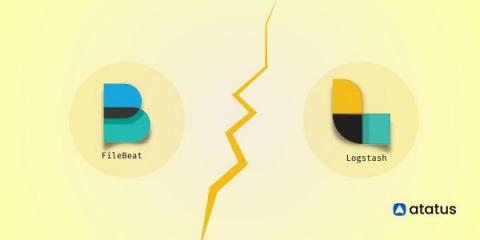Xdebug for PHP Developers: Advanced Debugging Made Easy
Debugging can be a challenging task for any programmer, and PHP developers are no exception. With the complexity of web applications and the ever-increasing demands on software development, debugging PHP code can be a time-consuming process. But what if there was a way to streamline the debugging process and make it more efficient and effective?











